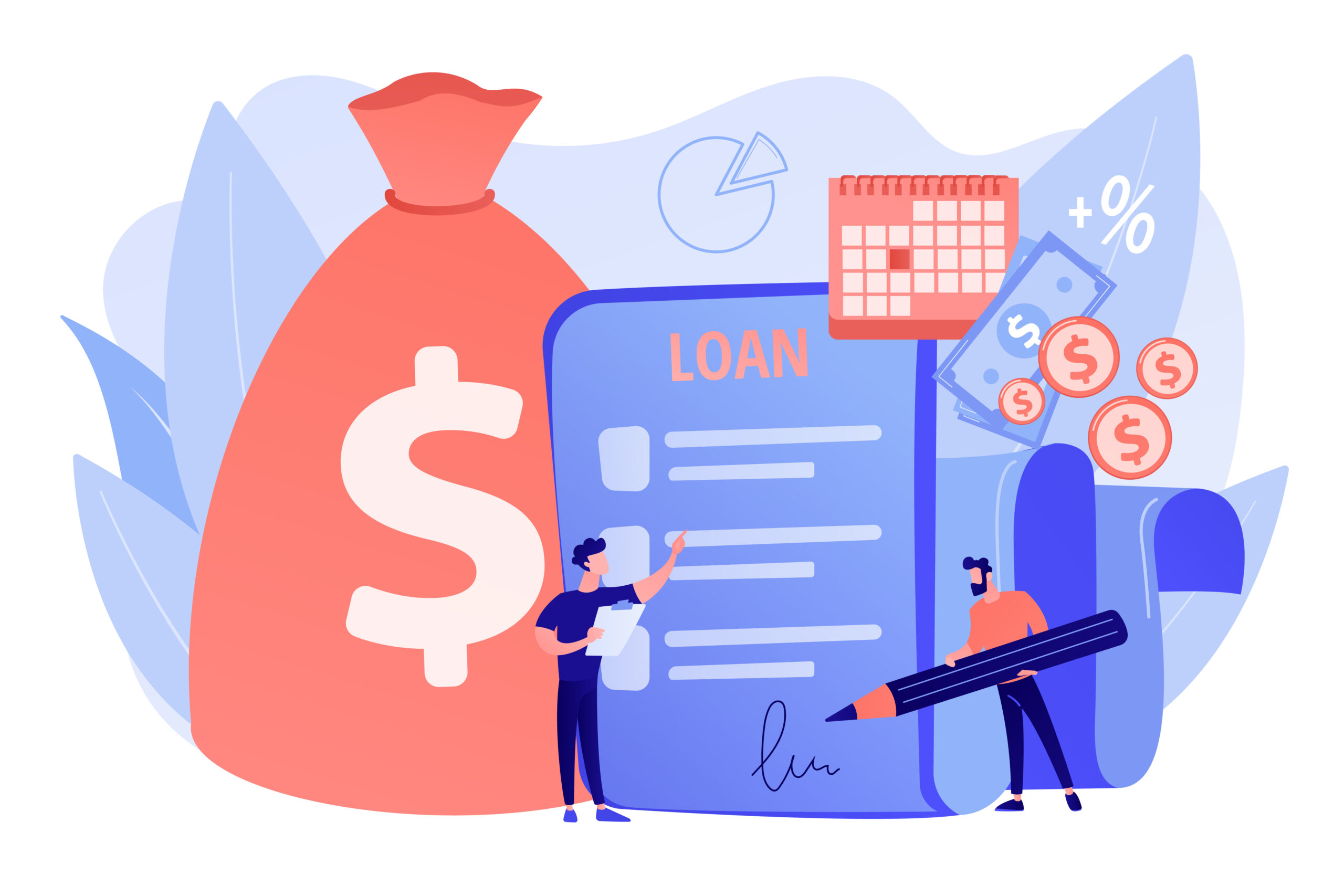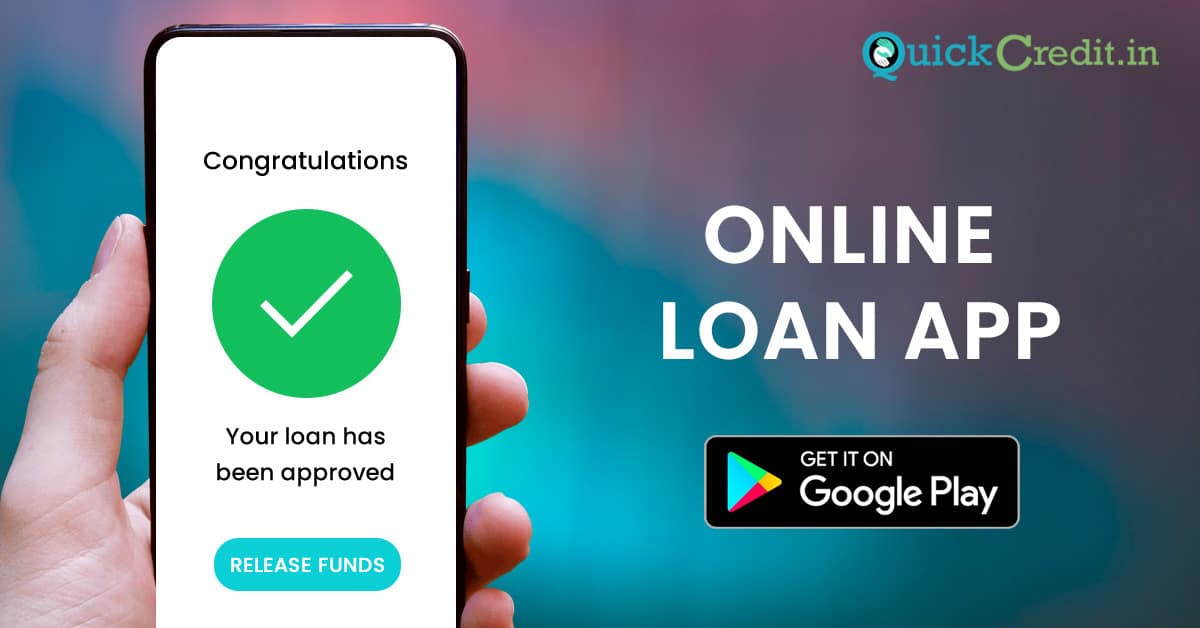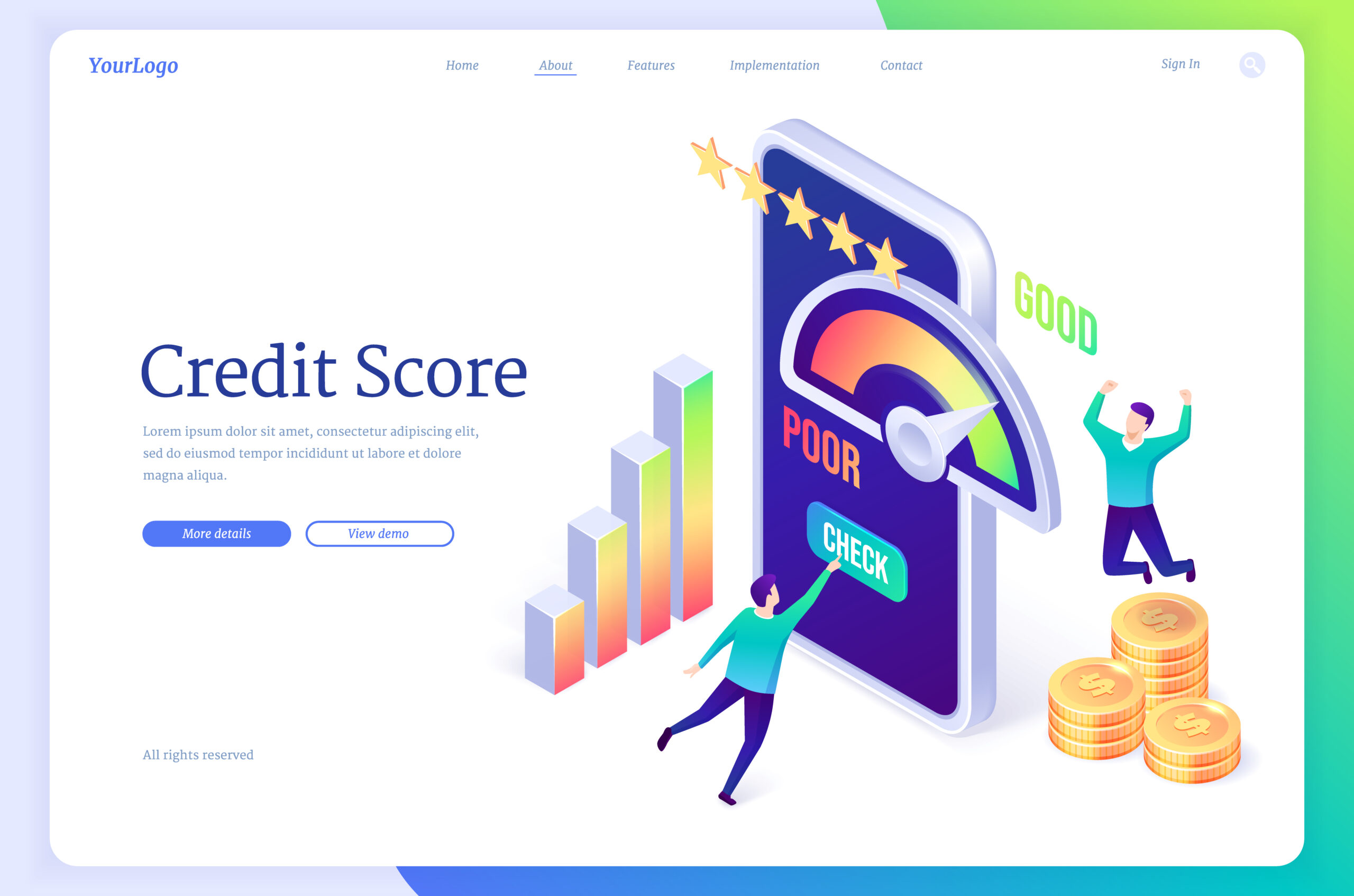Straight loans are great mortgage financing option available in the loan market these days. Financing is often the biggest hurdle when you’re trying to buy a home. Even if you have enough money for a down payment, most mortgage lenders require you to provide at least a 20 percent equity stake to qualify for financing.
This is where getting a loan comes in handy. Not all loans are created equal. Apart from straight loans, there are several different types of loans available to homebuyers, each with its own pros and cons.
Understanding the different loan types can help you make an informed decision about which loan would be best for your financial situation.
Here’s what you need to know about straight loans and other types of loans:
What is a Straight Loan?
Nonamortized loans, also known as a term or straight loans, only make payments for interest. That is, none of the money paid is applied to the principal. Payments may be made periodically, such as monthly, quarterly, or annually.
These loans are often used for large purchases, such as purchasing a home, purchasing a car, or financing a new business.
Straight loans often have fixed interest rates, but they may also offer variable rates depending on the lender. Straight loans usually do not require a down payment, but they often come with higher interest rates than other types of loans, but they will always have a set due date.
These are perfect for those who do not have a significant amount of savings. They are often easier to get than other types of loans and do not require much documentation. They often come with higher interest rates than other loans, and the due date is set, so you will have to pay the loan off at some point, though the due date may be long.
Co-signed Loans
If you have shaky credit and can’t get a loan on your own, you can ask a family member to co-sign your loan with you. If that person has excellent credit, this can help you get approved for a loan.
With a co-signed loan, you and the co-signer are both legally responsible for the loan. If you miss a payment, the co-signer will receive a notice in the mail and have to pay the lender immediately. If you don’t pay, it’s the co-signer’s responsibility to make the payments.
Co-signed loans are generally used when you’re trying to buy a home with a lower amount down. Depending on the lender, co-signers can increase your borrowing power by 10 to 20 percent.
With a co-signed loan, you are responsible for the payments if the primary borrower can’t make them. Because of that added responsibility, you’ll want to make sure you have a good relationship with the primary borrower and a reliable source of income if you decide to go this route. Co-signing a loan does not increase your credit rating, so it’s important to keep that in mind if you’re considering buying a house soon.
Remember that the co-signed loan will stay on your credit report for ten years, which could make a small dent in your ability to get a loan.
FHA Loans
AnFHA loan is a mortgage that the federal government backs. It’s designed for people with less than stellar credit who would have trouble getting a traditional loan.
The loan also draws on extra funds from the government to cover losses incurred by lenders if borrowers default on their payments. FHA loans draw significantly more interest than traditional loans, but they come with a much lower down payment requirement.
Borrowers with a credit score of less than 680 will typically be required to put down at least 10 percent of the home’s purchase price. Individuals with a higher credit score may be eligible for a down payment of as little as 3 percent.
FHA loans are available to anyone who meets the minimum credit score requirement, regardless of their current level of savings. The low down payment of anFHA loan makes it an attractive option for first-time home buyers who may not have been able to save 20 percent or more of a home’s purchase price.
FHA loans are easier to get than government-backed loans such as VA loans, but they have some strict requirements. You must have at least a 3.5 percent down payment, and your debt-to-income ratio (DTI) can’t exceed more than 50 percent.
VA Loans
VA loans are also government-backed loans that are designed for veterans and active members of the military. In these cases, the government is also the lender, so there’s no private mortgage lender involved.
VA loans have lower down payment requirements than FHA loans and are less strict. Although VA loans have less-stringent requirements, they’re still difficult to get. This is especially true if you have bad credit.
VA loans are reserved for United States veterans and military, active duty members. If you don’t fall into one of these categories, you won’t be eligible for a VA loan.
Like FHA loans, VA loans also have upfront costs that must be paid when you close your home. The VA has several funding sources, so you might be able to get this loan with no money down, although this is rare.
VA loans have lower interest rates than FHA loans, but the main benefit of VA loans is the lack of requirement for private mortgage insurance.
The biggest drawback to VA loans is that they’re reserved for members of the military and veterans, so most of us won’t be eligible.
Mortgage Loans for Builders
If you’re a contractor or developer, you can get a mortgage loan for builders designed to help you build new houses. The loan is collateralized by the land where you’re building the house, so you don’t have to put up any of your own cash to fund the project.
You’ll also have the option of hiring a mortgage broker to help you get these types of loans. Mortgage loans for builders are a great option if you want to get into the real estate industry but don’t have a large amount of cash on hand to fund your projects.
You can get a loan for up to 100% of the value of the property you want to build and then start paying it back as soon as the project is completed and the property is sold. You can use these loans to build anything from homes to commercial properties, and you can pay them back over as short as ten years if you can afford the higher monthly payments.
Even if you do have enough money to purchase a home, a mortgage loan might be a better option. With a mortgage loan, you’ll only have to pay the interest on the loan each month instead of paying the entire amount of the loan upfront.
This means you’ll have more cash on hand to do other things with. You can also take out a deferred interest mortgage loan if you’re purchasing a home and don’t have a large amount of upfront cash. With a deferred interest mortgage loan, you only have to start paying interest on the loan after a certain amount of time.
These types of loans also allow you to build equity as soon as the house is finished, so you get something back at the end of the project. Read more about other types of loans
Conventional Loans
Conventional loans are mortgage products that aren’t backed by the federal government. They have the same basic requirements as FHA loans, such as a 3.5 percent down payment and a 50 percent DTI.
The major difference between conventional loans and FHA loans is the government’s role in them. With an FHA loan, the government is the lender that bears the risk in the event of a default. With conventional loans, banks and other private lenders are responsible for repaying the loan.
Conventional loans also require a more thorough credit history and may not offer flexible payment plans. The interest rates on conventional loans are typically higher than on federal loans. Conventional loans are a good option if you don’t meet the requirements of a federal loan or you don’t want to pay the upfront insurance premium.
Conclusion On Straight Loans
Straight loans are mortgage loan product in which the borrower is the only person responsible for repaying the loan. With a straight loan, there’s no co-signer to take over the loan if you default on your payments.
Keep in mind that with a straight loan, you are responsible for the interest rate. If you choose a fixed-rate loan, the interest rate will stay the same throughout the life of the loan. With a variable-rate loan, the interest rate can change every year. Variable-rate loans are also referred to as adjustable-rate loans.
Co-signed loans are mortgage-loan products in which a family member co-signs the loan with you. The co-signer is legally responsible for the loan if you don’t pay.
FHA loans are mortgage-loan products that are backed by the federal government. VA loans are mortgage-loan products that are also government-backed. Mortgage loans for builders are mortgage-loan products designed for contractors who are building homes.







